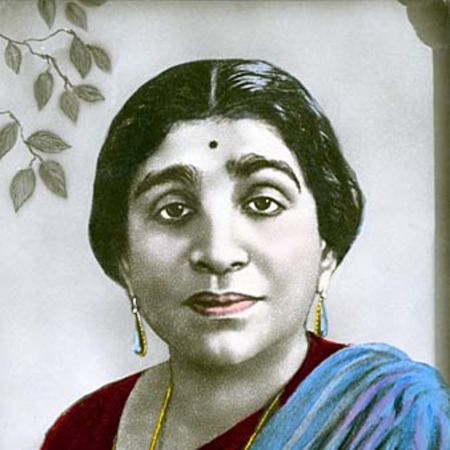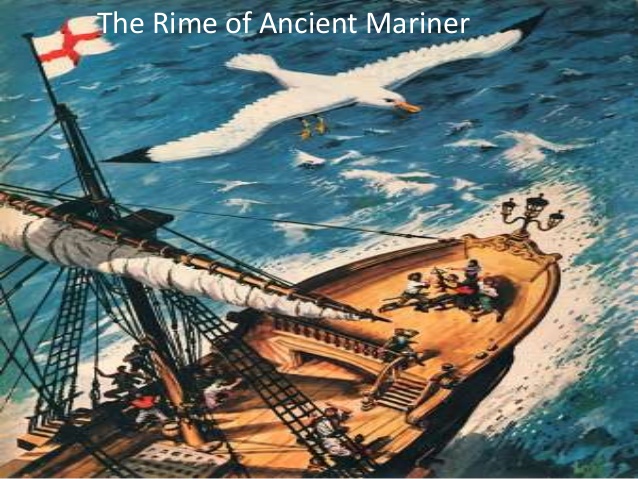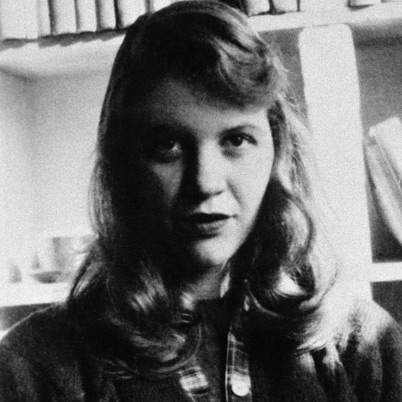The poem was written on October 27, 1962, shortly before her death. It was published posthumously in the eponymous collection in 1965. The title is perhaps based on the horse which Plath used for her morning riding. It has been understood after the testimony of Ted Hughes, as a reaction to her falling off and getting hurt from her horse on one of her early morning rides, however, the poem can be interpreted in a more general context. Of course we could draw a parallel with the spirit with the same name in Shakespeare’s Tempest.
On one level the theme of the poem deals with that of a dawn. On another level, it could mean not just the birth of a new day but a resurrection of one’s soul. The author seems to undergo a struggle which is reflected in the slow progress of the day from the dark of the night. The tone is quite subjective which colours the expression thoroughly. As the theme suggests a tussle between faith and doubt, the tone too shifts from hope to despair and back. The night had stalled all motion. With the break of dawn things start to get out of inertia. The whole world stretches its limbs into a consciousness. The poetess too unfurls her consciousness becoming one with the motion of the nature. The mundane duties of the day jolt the poet into action which she compares with the moribund dew that bravely incinerates itself in the morning warmth.
Though Plath reacted against the academic vein in poetry, her choice of words in this poem talks against the reaction itself. Words like ‘stasis’, ‘substance less’, ‘god’s lioness’, ‘stringencies’ etc. are enough to put a common reader’s vocabulary to test. These words aren’t difficult in themselves but given the nature of subjective introspection involved here they assume more private meanings which might not be similar to the denotative meaning.
However, if we could extricate our interest from word meaning and be able to see the music of the words themselves then we could still grasp the general sense to some extent. The soft syllabic hisses of ‘stasis’ and other like constructed words produce an effect of lull which is in consonance with the serenity of the morning. Interestingly, it could be onomatopoeia for the sound with which the dews might rapidly evaporate on the break of dawn. The words carry within them many metaphors and other rhetorical devices which could be discussed in a separate section altogether.
According to the Bible, (Isaiah 29: 1-3, 5-7) Ariel is also Jerusalem, the city where David lived. This lends weight to our assumption that this poem is also an allegory of resurrection. After all Plath had to get up after her fall from the horse and she had to wake up from her sleep in the morning. The images are as stark and immediate as any Plath employs in her poetry. The darkness is well contrasted to the blue. ‘God’s lioness’ is a potent image which shows the dawning of the sun after a dark night. If we look at it from another angle, after Plath had fallen down from her horse she might have had a brief period of unconsciousness.
As she came round, the bright day might have had looked like a fierce lioness. This lioness has a reference to the Bible. This refers to the wrath of god. Perhaps it has a reference to the sharp sensation of pain which Plath might have had felt due to the accident. The wrath of the father/god can be related to the loss of her own father who seems to have abandoned her in her childhood. One could hardly fathom the depths of the roots of one’s emotions specially when the author is a poet. Further, the lane and byways of the open heath are compared with a neck which the poetess cannot catch. The freshness of the metaphor is quite apparent. These ‘splits’ and ‘passes’ have a deep bonhomie with the entire earth that has been named the ‘brown arc’.
Though politically incorrect, the berries being compared with the deep dark eyes of a black American are more than apt. Continuing the metaphor, making it perhaps an extended one, she describes the quality the berries. Associated with the berries is the white chocolate. The whiteness of the hand is reflected in the deadness of the hands. In contrast to the passive image of the self against the other active images, Plath imagines herself to an arrow. But the final image of the sun as the cauldron is homely and befits the type of poetry which she writes.
Yet this common, everyday or normal image turns uncanny when it passes through the hand of the poetess. A fresh image has been incorporated in the lore of metaphors that have described the sun. The child’s cry that melts in the wall could be a homely as well as an un-homely image. The homely image refers to the way a child wakes up in the morning while the un-homely image could be an abortion where the child’s cry melts in the walls of the womb. Thinking again might take us back to the cry of the orphaned Plath. Again, an unborn poem often again dies in the womb of the mind.
The poem written in free verse is apt in communicating the bleakness of the expression. The extreme economy of the words does make the poem appear like a nursery rhyme. This pattern again conveys the biographical essences of her losing her father at the age of eight. Though a child learns nursery rhymes much earlier but in front of the father the child often likes to appear as a young child asking for attention (which our next selection aptly exemplifies).
What Plath writes isn’t something straight forward. The presence of many layers of meanings makes it more promising as a piece of good literature. The personal experience either of a horse ride gone wrong or a simple task as getting up on a morning has been universalized. This is perhaps what good poetry is all about. It sprouts from a personal event and grows into a beautiful plant for all to observe and identify with the same.
About: Sylvia Plath was one of the most renowned and influential poets, novelists, and short story writers of the 20th century. Born in Boston, she studied at Smith College and Newnham College at the University of Cambridge before receiving acclaim as a poet and writer. She was married to fellow poet Ted Hughes from 1956 until they separated in September 1962. They lived together in the United States and then England and had two children, Frieda and Nicholas. Plath was clinically depressed for most of her adult life. She committed suicide in 1963.
Plath is credited with advancing the genre of confessional poetry and is best known for her two published collections, The Colossus and Other Poems, and Ariel. She also wrote The Bell Jar, a semi-autobiographical novel published shortly before her death. In 1982, she won a posthumous Pulitzer Prize for The Collected Poems.
Some online learning platforms provide certifications, while others are designed to simply grow your skills in your personal and professional life. Including Masterclass and Coursera, here are our recommendations for the best online learning platforms you can sign up for today.
The 7 Best Online Learning Platforms of 2022
- Best Overall: Coursera
- Best for Niche Topics: Udemy
- Best for Creative Fields: Skillshare
- Best for Celebrity Lessons: MasterClass
- Best for STEM: EdX
- Best for Career Building: Udacity
- Best for Data Learning: Pluralsight















